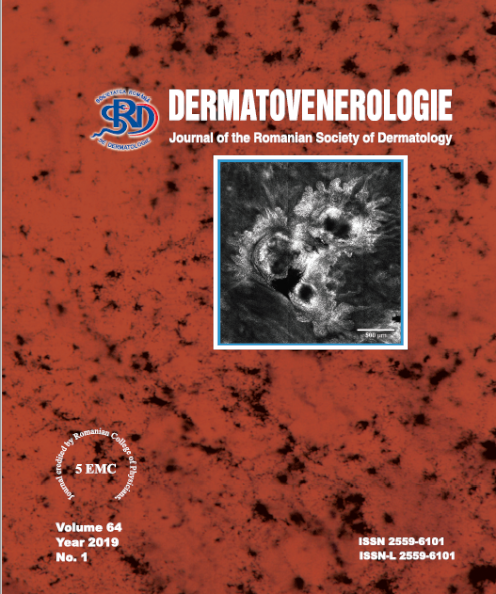Summary
The "Consensus net meeting on dermatoscopy" of
2000 determined a set of significant dermatoscopic features
for the diagnosis of pigmented basal cell carcinoma (pBCC).
These included small ulcerations, maple leaf-like areas,
multiple blue-grey globules, large blue-grey ovoid nests,
arborizing telangiectasia, and spoke-wheel structures. The
latter have been defined as brown to gray, well
circumscribed, radial projections meeting at a darker brown
central hub. Spoke-wheel structures have a reported
specificity of 100% for pBCC. Because the correlation
between dermatoscopy and histology is often difficult
owing to the different incidences from which lesions are
seen (horizontal in dermatoscopy vs vertical in histology),
in this paper we sought to highlight the underpinnings of
this particular dermatoscopic feature through in vivo
reflectance confocal microscopy (RCM) examination. RCM
is a non-invasive imaging technique capable of delivering
images of en face optical sections at nearly histological
examiresolution,
thus facilitating the correlation with
dermatoscopy. RCM examination of a pBCC exhibiting
spoke-wheel structures revealed flower-shaped bright tumor
islands infiltrated by dendritic cells, surrounded by dark
areas of clefting at the level of the dermal-epidermal
junction and papillary dermis. These tumor islands were
connected to the epidermis through several cord-like
projections.


